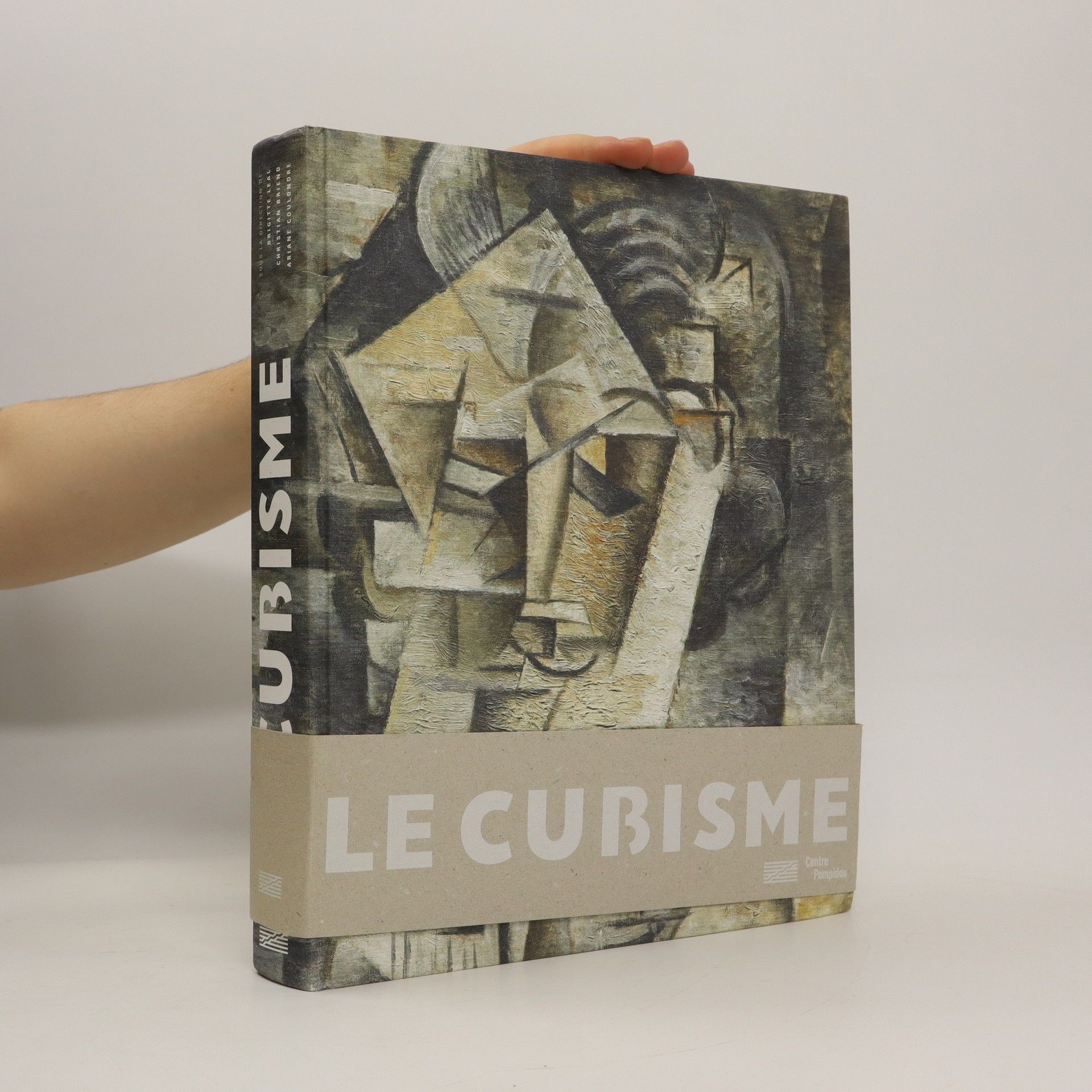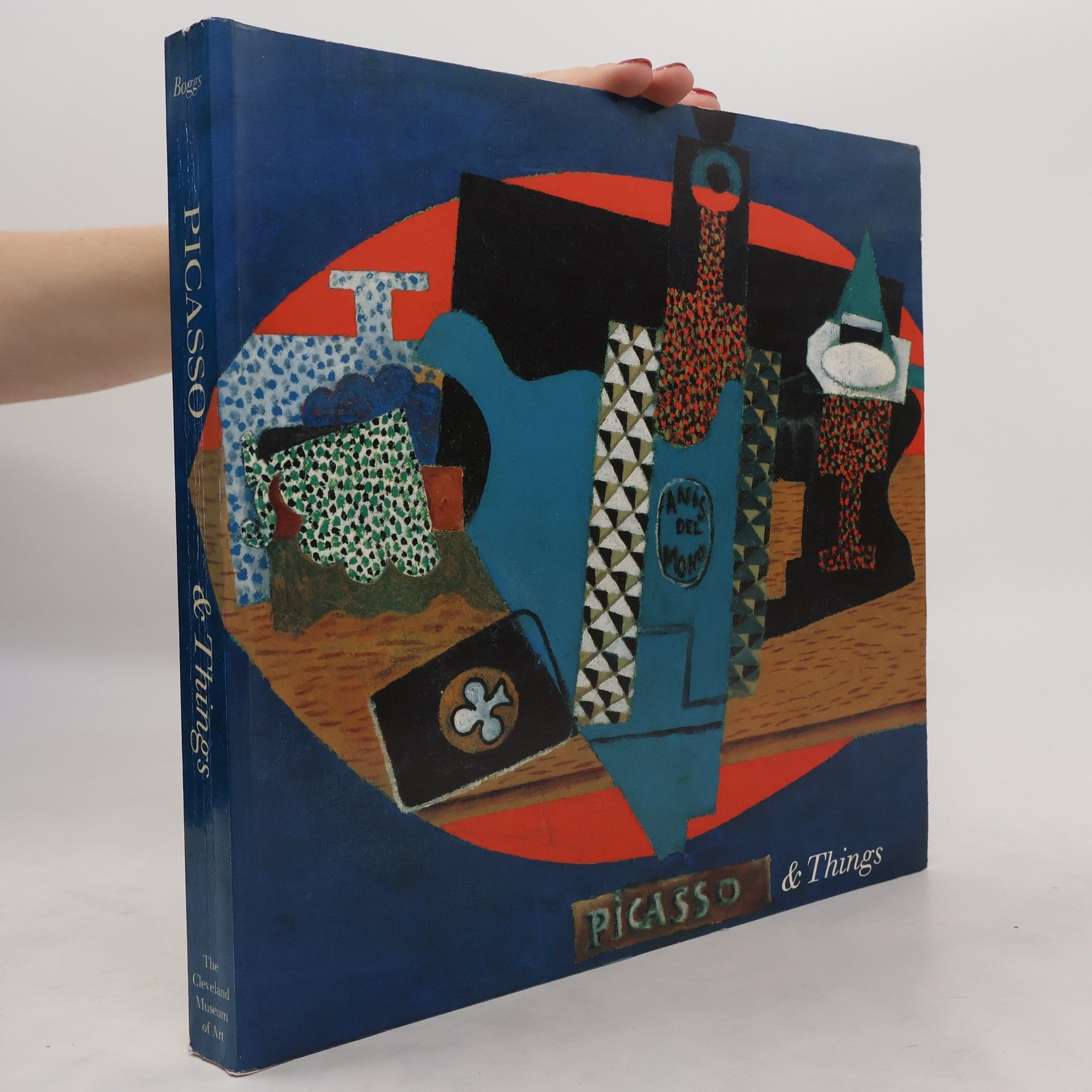Kosmos Kubismus
Von Picasso bis Léger
Der Band fächert die Entwicklung des Kubismus von 1908 bis 1919 auf. Er vermittelt dessen enorme stilistische Spannweite ebenso wie sein revolutionäres Potenzial für die weitere Kunst des 20. Jahrhunderts. Wie Vertreter der Avantgarde sich die kubistische Bildsprache aneignen und diese wandeln, stellt er entsprechend als Teil der kubistischen Geschichte vor. In chronologisch und thematisch konzipierten Kapiteln wird nachvollziehbar, wie in den Gemälden von Picasso und Braque zunächst der Einfluss von Volkskunst und archaischer Skulptur, aber auch von Paul Cézannes Werk immer deutlicher wird. Ab 1908 erscheinen kristalline, quasi-geometrische Elemente. Bis 1911 herrschen die charakteristischen prismatisch zersplitterten Formen und eine nahezu farblose Strenge vor. Die neue Bildsprache wird von Künstlern wie Juan Gris, Fernand Léger, Robert und Sonia Delaunay und Henri Le Fauconnier aufgenommen, weiterentwickelt und mit großen Formaten in den Salon-Ausstellungen der Pariser Kunstwelt präsentiert.



